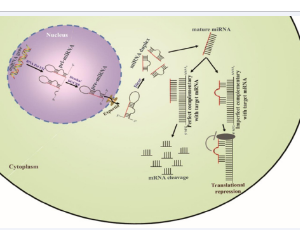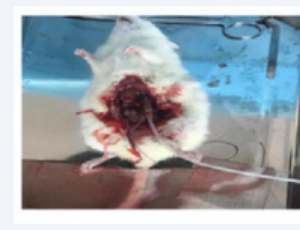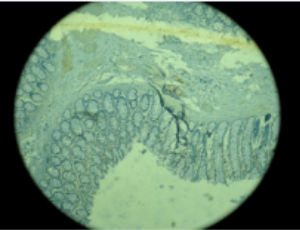2022 Volume 9 - Issue 1
-
March 11, 2022 Review Article
 Abstract Multiple Myeloma (MM) is a malignant B neoplasm that can be characterized as a plasma cell dyscrasia in the bone marrow. Though there has been a significant improvement in the prognosis of the disease in the past decade, it is still incurable, as mos.....
Abstract Multiple Myeloma (MM) is a malignant B neoplasm that can be characterized as a plasma cell dyscrasia in the bone marrow. Though there has been a significant improvement in the prognosis of the disease in the past decade, it is still incurable, as mos..... -
June 24, 2022 Research Article
 Abstract Introduction: Telomerase a ribonucleoprotein enzyme maintains chromosomal stability by adding tandem DNA repeats to ends of chromosomes. Human telomerase reverse transcriptase (hTERT), the catalytical subunit of the telomerase core enzyme, regulates .....
Abstract Introduction: Telomerase a ribonucleoprotein enzyme maintains chromosomal stability by adding tandem DNA repeats to ends of chromosomes. Human telomerase reverse transcriptase (hTERT), the catalytical subunit of the telomerase core enzyme, regulates ..... -
July 11, 2022 Research Article
 Abstract Objectives: Based on establishing the animal model of hepatic jejunal anastomosis, the degree of anastomosis solidity, histological characteristics, postoperative complications were investigated after hepatic jejunal anastomosis. Methods: SPF SD rat.....
Abstract Objectives: Based on establishing the animal model of hepatic jejunal anastomosis, the degree of anastomosis solidity, histological characteristics, postoperative complications were investigated after hepatic jejunal anastomosis. Methods: SPF SD rat..... -
November 30, 2022 Research Article
 Abstract Objectives: Metastasis of cancer is an intricate and well-coordinated interaction of numerous cellular and molecular factors. Matrix metalloproteinases are zinc dependent proteolytic enzymes that mediate destruction of extracellular matrix. MMP2 & 9 .....
Abstract Objectives: Metastasis of cancer is an intricate and well-coordinated interaction of numerous cellular and molecular factors. Matrix metalloproteinases are zinc dependent proteolytic enzymes that mediate destruction of extracellular matrix. MMP2 & 9 .....




